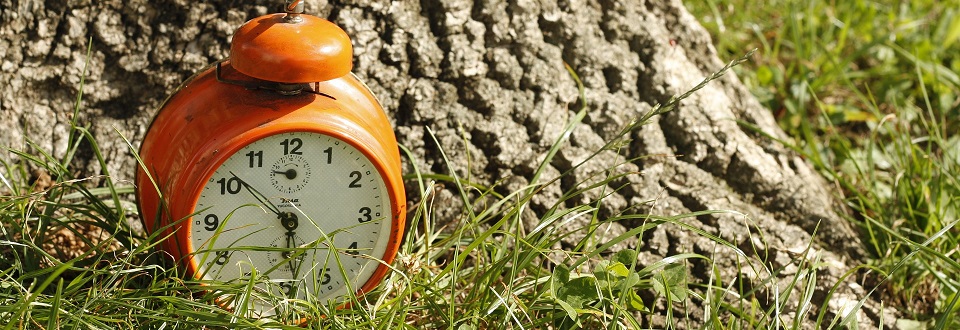
31 May Shouldn’t My Time Count? I’m an Attorney!
One of the more common entry points for me when working with new organizations is a Development Audit. The audit is an assessment of everything an organization is doing to raise money.
And one of the standard features of my Development Audits is an analysis of Board giving. Generally speaking, we want board members to lead in giving, and I routinely measure that leadership support and report it back to the board.
So imagine my surprise when I ran the analysis for one group and their Board Chair does not have a giving history!
Zip, zilch, nada.
Maybe he gives through his company – nope. Family foundation? – nope.
The Chair of the Board does not even give the $35 basic membership.
“Bob,” I said. “Your giving is conspicuously absent. What’s up with that?”
“I’m an attorney,” he said. “I do all the conservation easements, and the time I volunteer is worth $10,000, at least, each year.”
Yeah, Right. (That’s a double positive making a negative.)
The time this person gives to the land trust makes him a VOLUNTEER. We need board members to give money also.
Everyone’s time is valuable! And if an attorney (or carpenter, or banker, or investment advisor, or landscape architect, or bricklayer, or anything else) donates his/her time – that’s fabulous! And many people who volunteer their time do not volunteer their money. Most feel that they “contribute in other ways.”
The opposite is true, too, of course: Relatively few people who donate money also volunteer. It goes both ways.
So I turned it around and said, “Bob, consider a board member who gave their money but not their time. And when confronted with the fact that they didn’t come to meetings or serve on a committee, they responded, ‘My money should count!’”
I also suggested that if Bob would invoice for his time, he could accept payment and donate the check back to the land trust. Doing so seems pathetically unnecessary, but it would do two things that aren’t trivial: First, Bob would show up as a donor – perhaps even inspiring others with his generosity. And second, the land trust would be forced to budget for his legal work. In so doing, it would be confronted with a better sense of what the conservation business actually costs. (Not to mention that if Bob ever gets hit by the turnip truck, his “gift” would need to be replaced.)
As far as I know, Bob is still not giving any money, but he should. In fact all board members should give something, and collectively they should give an amount that shows up on the scale of the budget. (I suggest that aiming for at least 10% is a good place to start.)
People who donate time and not money are wonderful volunteers. People who donate money and not time are wonderful donors. We need wonderful board members to do both.
Cheers,
-da
Photo by Ikaika courtesy of Pixabay.
* * * * *
Fundraiser’s Almanac
Here’s what I’m thinking about for May. What are YOU thinking about?
Second Spring Appeal Letters: I want my donors to give to the organization twice each year, once to renew their membership, and once in response to an “appeal letter.” Because most donors renew their membership in the fall months, and because I don’t want them to receive the two requests right on top of one another, the Spring Appeal is important. The first letter should have gone out in April, but there’s still time to get a second, “reminder” letter out as long as it is mailed before Memorial Day.
“Assume that you are not there a year from now – not anywhere around, in fact. Write your replacement a letter explaining where you are after four months this year. Talk about what your priorities were and how they may have changed over time. Be analytical and reflective, but most of all, be candid.”
If you followed my advice last year, you will have a file somewhere in your computer containing your reflections on the first four months of last year. Use it as a baseline to make the same evaluation this year. If you did not, do it now for next year!
Donor Events: In May, I’m already thinking about my donor events in the Fall. WHY? – because it takes that long to do it well.
Securing Prospecting Mail Lists: It’s not too early to think about fall mailings to recruit new members. Getting the lists together is a big part of that. Certainly recreate my “house list” of lapsed and former members and donors, program and field trip participants, and volunteers. But also begin trading or buying other lists. I don’t know of any land trust organization with more than 1,500-2,000 members that does not depend on a significant direct mail program and budget. Those that have curbed it to save money (or in consideration of using less paper; or in favor of email, social media, or crowd funding) have lost.



Sorry, the comment form is closed at this time.